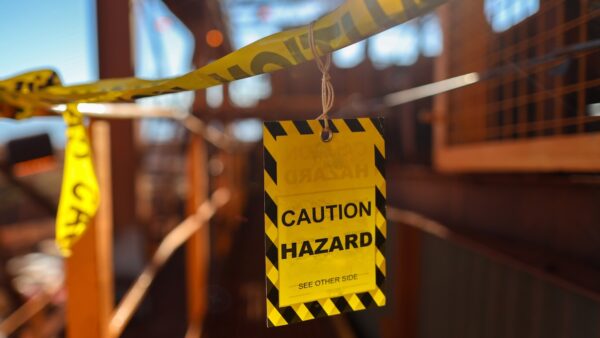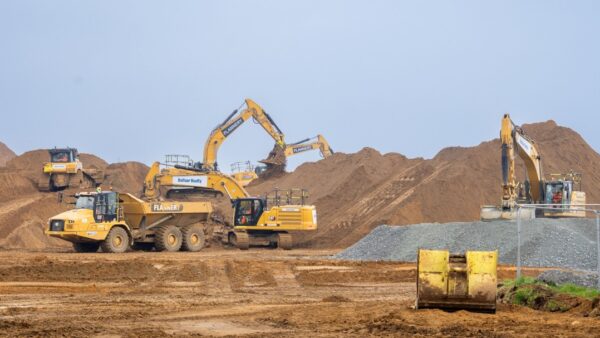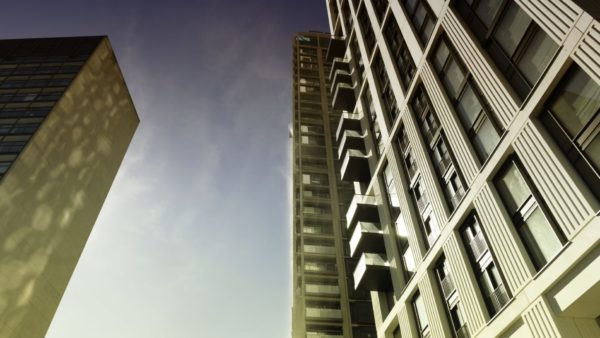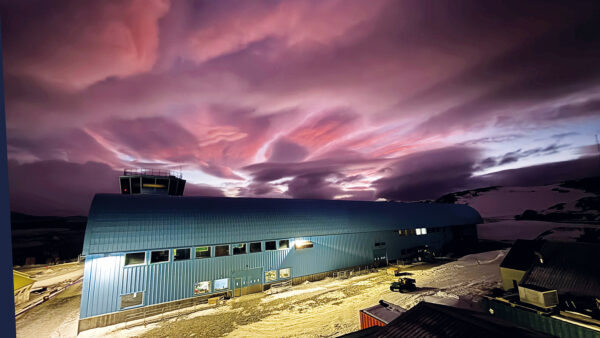
BAM’s UK and Ireland businesses have accelerated their carbon reduction targets.
Both aim to become net zero in their direct operations by 2026.
The companies will also rule out counting electricity from green tariffs towards their net-zero emissions.
BAM added that it did not want to “rely heavily” on carbon offsets, which it believes can disguise more substantial progress in how a company is acting.
BAM’s UK & Ireland net-zero commitment encompasses not just direct Scope 1 and Scope 2 emissions (associated with fuels and energy use), but also certain Scope 3 emissions.
BAM’s Scope 3 emissions include water consumption, staff transport (across road, rail and air), emissions arising from using hotels, emissions from third party fuel and energy use and all well-to-tank (upstream) emissions associated with Scope 1 and Scope 2 emissions.
Location-based emissions
BAM has chosen to use location-based emissions (the true emissions of the energy used at the plug) as part of its direct emissions inventory.
The vast majority of the company’s direct energy procurement already uses REGO-backed energy contracts (Renewable Energy Guarantee of Origin certificates issues by Ofgem on behalf of the UK government). And while it could use these to claim that it is zero carbon, BAM believes it should seek to reduce the real emissions from grid electricity usage.
It said it would support the drive towards building more renewable energy generation through the delivery of schemes such as the SSE substations framework in Scotland, which directly links to renewable generation.
It will offset any remaining emissions from 2026 using what it described as “high quality nature-based solutions” such as reforestation, or carbon capture technologies.
‘Serious job on our hands’
John Wilkinson, chief operating officer of BAM UK & Ireland, said: “Net-zero carbon is the objective we are all seeking because the construction sector still accounts for 39% of all global emissions. We have a serious job on our hands to get that down and to do so fast.
“That’s why we have chosen to accelerate our progress – and we are not fooled that we will be alone. The whole industry needs to challenge itself, work together, and assist its clients and supply chain to make faster progress too.
“There is no room for, or advantage in disguising or hiding performance. Vague data is useless, so science based, transparent information and a healthy dose of honesty are part of the medicine.
“The other red herring is offsetting. We cannot rely on planting trees elsewhere in the world to cover up our own emissions. Although these have a role to play in the short term, we must drive these down ourselves and face up to our responsibilities.
“I believe BAM is now firmly at the forefront of our industry, but it is the sort of arms race we need to collectively bring about change and decarbonise our environment.”
BAM has reduced its direct emissions intensity by just over 40% since 2015. Its Science Based Target requires a 50% reduction by 2030, but it expects to meet this seven years early.










